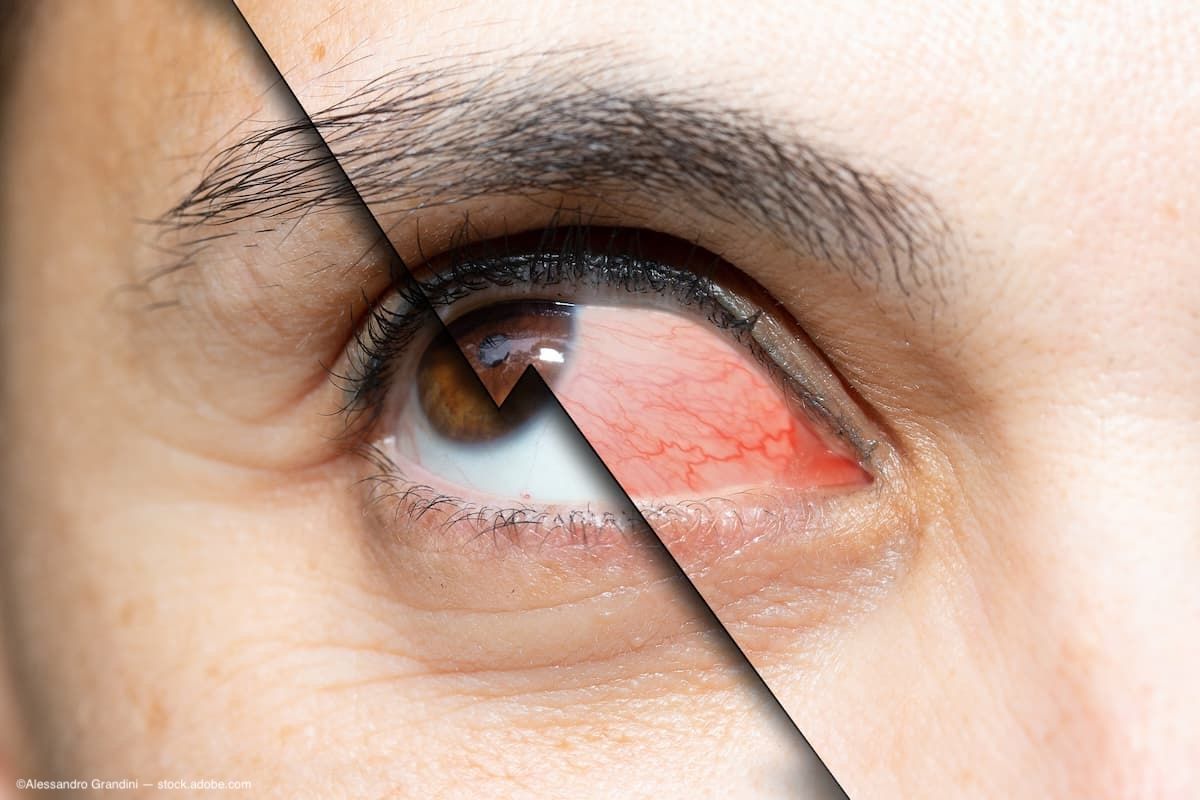Article
Survey finds increased satisfaction with eye care
Satisfaction is increasing among patients who have a regular eye-care professional, according to a new survey.
Jacksonville, FL-Satisfaction is increasing among patients who have a regular eye-care professional, according to a new survey.
The 2012 Americans’ Attitudes and Perceptions About Vision Care Survey, conducted online by Harris Interactive on behalf of the Vistakon division of Johnson & Johnson Vision Care Inc., tracked attitude and behavior changes among 1,000 U.S. adults compared with 2006 benchmark data.
Significantly more U.S. adults said they were extremely or very satisfied with their regular eye-care professional, an 18% increase versus 2006 (80% versus 68% in 2006).
When asked about the reason for their last eye exam, significantly more respondents noted that they had established a set eye exam schedule (32% versus 29% in 2006) or received a reminder from the eye doctor’s office (20% versus 17% in 2006), an increase of 10% and 18%, respectively.
Other findings from the survey:
• Nearly 80% of respondents indicated that they sought a referral when selecting their current eye-care professional, with a family member, friend, or co-worker serving as the single greatest referral source (40%), followed by a health-care provider (21%). Women were significantly more likely than men to seek referrals for a new eye-care professional (48% versus 37%, respectively).
• Sources for obtaining information on vision-care products are also evolving. Eye-care providers’ offices remain the top resource-and the most trusted/reliable-but an increasing number of U.S. adults say they seek out a family member or friend for information. The Internet has gained traction as well: an increase of 33% of respondents cited it as an information resource for vision care (20% versus 15% in 2006).
• Nearly half of those polled did not get an eye exam in the past year, despite the fact that the sense of sight is ranked as the most important of the five senses. The number of respondents who indicated they do not regularly visit an eye-care professional increased 36% compared with 2006 (19% versus 14% in 2006). Twenty-one percent of U.S. adults mistakenly agreed that an eye exam is not needed unless trouble seeing exists, and 30% of survey participants said they do not believe that taking care of their eyes is as important as other health issues.
• Many attitudes regarding contact lenses did not change significantly since 2006, with one exception: compared with 2006, significantly more contact lens wearers agree that it is important to take lenses out daily to give their eyes a rest (93% in 2012 versus 86% in 2006). Seventeen percent of contact lens-wearing respondents said they wear daily-disposable contact lenses.
• Cost is less of a barrier to vision care. Twenty-nine percent of survey respondents said that they avoid going to their eye doctor because of cost, a 12% decrease versus 2006. Two in three survey participants said they have some type of eye-care insurance coverage.
• Vision-correction surgery remains minimal. Six percent of U.S. adults responding to the survey reported having vision-correction surgery, compared with 7% in 2006. The likelihood of having vision-correction surgery is significantly less, declining from 10% extremely/very likely in 2006 to 6% in 2012.
The study was conducted online within the United States from Feb. 27 to March 5, 2012. A nationally representative cross-section of 1,000 U.S. adults aged at least 18 years was queried. The data from the study were demographically weighted to reflect the census of the general U.S. adult population regardless of whether they have Internet access.
For more articles in this issue of Ophthalmology Times eReport, click here.
Newsletter
Don’t miss out—get Ophthalmology Times updates on the latest clinical advancements and expert interviews, straight to your inbox.




